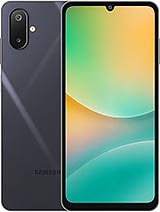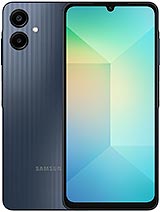Lava Yuva Star 4G alternatives
Tap above to see alternatives.
Poco M6 Plus alternatives
Tap above to see alternatives.
Lava Yuva Star 4G

Lava Yuva Star 4G
-
Unisoc SC9863A
28 nm
-
5000 mAh
10W
-
6.75"
720 x 1600 pixels
-
13 MP
1080p@30fps
- Specs
Poco M6 Plus

Poco M6 Plus
-
Snapdragon 4 Gen 2 AE
4 nm
-
5030 mAh
33W
-
6.79"
1080x2460 pixels
-
108 MP
1080p@30fps
-
Specs

4x1.6 GHz Cortex-A55
4x1.2 GHz Cortex-A55
2x2.3 GHz Cortex-A78
6x2.0 GHz Cortex-A55
8GB 128GB (UFS 2.2)
(wide), AF
f/1.75, 28mm (wide), 0.7µm, PDAF
2 MP
(macro)
f/2.2, (wide)
SIM1: Nano, SIM2: Nano
SIM1: Nano, SIM2: Nano (Hybrid)
7 5G bands
n1, n3, n5, n8, n28, n40, n78
In this performance comparison, the Poco M6 Plus with its Qualcomm Snapdragon 4 Gen 2 AE (4nm) performs better than the Lava Yuva Star 4G with the Unisoc Unisoc SC9863A (28nm), thanks to superior chipset efficiency.
Poco M6 Plus launched with Android 14 and will receive updates until Android 16, whereas Lava Yuva Star 4G launched with Android 14 Go and will get Android 15. Poco M6 Plus will get security updates until 2028 (approx. 4 years), while Lava Yuva Star 4G is supported till 2026.
Both Lava Yuva Star 4G and Poco M6 Plus use LCD screens. In terms of smoothness, Poco M6 Plus offers a higher 120 Hz refresh rate, ensuring fluid scrolling and animations. Both devices deliver the same brightness level at nits. Notably, Poco M6 Plus offers a higher screen resolution, resulting in sharper visuals and more detailed content.
Poco M6 Plus features a larger 5030 mAh battery, potentially delivering better battery life. Poco M6 Plus also supports faster wired charging at 33W, compared to 10W on Lava Yuva Star 4G.
Poco M6 Plus includes an IP53 rating, while Lava Yuva Star 4G lacks an official IP rating.
¹ Scores can vary even with the same chipset due to RAM, thermals, and software optimization.










